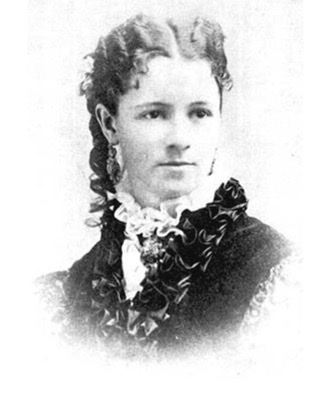The natural habitat for the human species has become the city. Therefore, to make a sustainable world, we need to make sustainable cities. World Town Planning Day, also known as World Urbanism Day, is celebrated on November 8 to highlight just this need.
World Town Planning Day was the idea of urban planner Carlos Maria della Paolera (1890-1960), who helped found the discipline of urban planning after World War 2. He was a professor of town planning at the National University of Buenos Aires, Argentina, from 1928 until his death. He created World Town Planning Day in 1949, and it is now celebrated in 30 countries around the world.
The urban environment is a major determinant of our ability to create a sustainable earth. Today, more than half of all humans live in cities; in North America and Europe, that percentage reaches closer to 80%. The trend towards urban living will continue, so thinking about how cities function and the ecological footprint of urban residents is crucial to our future way of life.
Much can be done, through planning and strategic investment, to reduce the ecological footprints of urban dwellers. Cities have some built-in advantages. First, of course, the high population density means less land per person is consumed in living space. Also because of the high human density, many functions can be much more efficient in cities than in the country. Public transportation, water purification, waste collection and processing, material recycling and co-generation of heat and electricity are all possible in cities, but less effective for rural communities. Moreover, ideas and strategies are found in abundance in the innovation, entrepreneurship and skills of urban residents. As Julian Simon wrote in “The Ultimate Resource,” the human mind is the answer to our future—and there are many minds in cities.
But cities will only work well if people wish to live there, rather than migrating to green space at the edge of the suburbia. And political will and community commitment are essential to assure infrastructure investment will be made as needed. Consequently, developing and executing plans for livable cities and economic progress is a future imperative.
Gil Penalosa is an urban planner with a firm grasp on this reality. Through his program, “8 80 Cities,” he asserts that a city built to provide a high quality of life for an 8-year-old and an 80-year-old will be a sustainable city. Thus, he believes “pedestrian mobility” is key to developing desirable communities. Walking and riding bikes must be safe, attractive and accessible for all. For example, he promotes the idea of using urban streets, busy with traffic on weekdays, as open spaces for community use on weekends—for walking, cycling, farmers’ markets, community festivals and other locally desirable functions.
As a friend of mine told me many years ago, “If you love the country, live in the city.” Today I would add, “If you love the country, make that city sustainable.”
References:
8 80 Cities. Creating Cities for All. Available at: http://www.880cities.org/. Accessed November 7, 2017.
American Planning Association. 2017. World Town Planning Day. Available at: https://www.planning.org/international/worldtown/. Accessed November 7, 2017.
Rees, William, and Mathis Wackernagel. 1996. Urban Ecological Footprints: Why Cities Cannot be Sustainable—and Why They are a Key to Sustainability. Environmental Impact Assessment Review 1996:16:233-248. Available at: https://ac.els-cdn.com/S0195925596000224/1-s2.0-S0195925596000224-main.pdf?_tid=357a2330-c3eb-11e7-ba37-00000aab0f6c&acdnat=1510080244_e5c81e0a86c4a03b6c37d781c815c1cc. Accessed November 7, 2017.
Prabook. Carlos Maria della Paolera. Available at: http://prabook.com/web/person-view.html?profileId=1117639. Accessed November 7, 2017.
United Nations. 2014. Our urbanizing world. Population Facts, Population Division, United Nations, August 2014. Available at: http://www.un.org/en/development/desa/population/publications/pdf/popfacts/PopFacts_2014-3.pdf. Accessed November 7, 2017.

